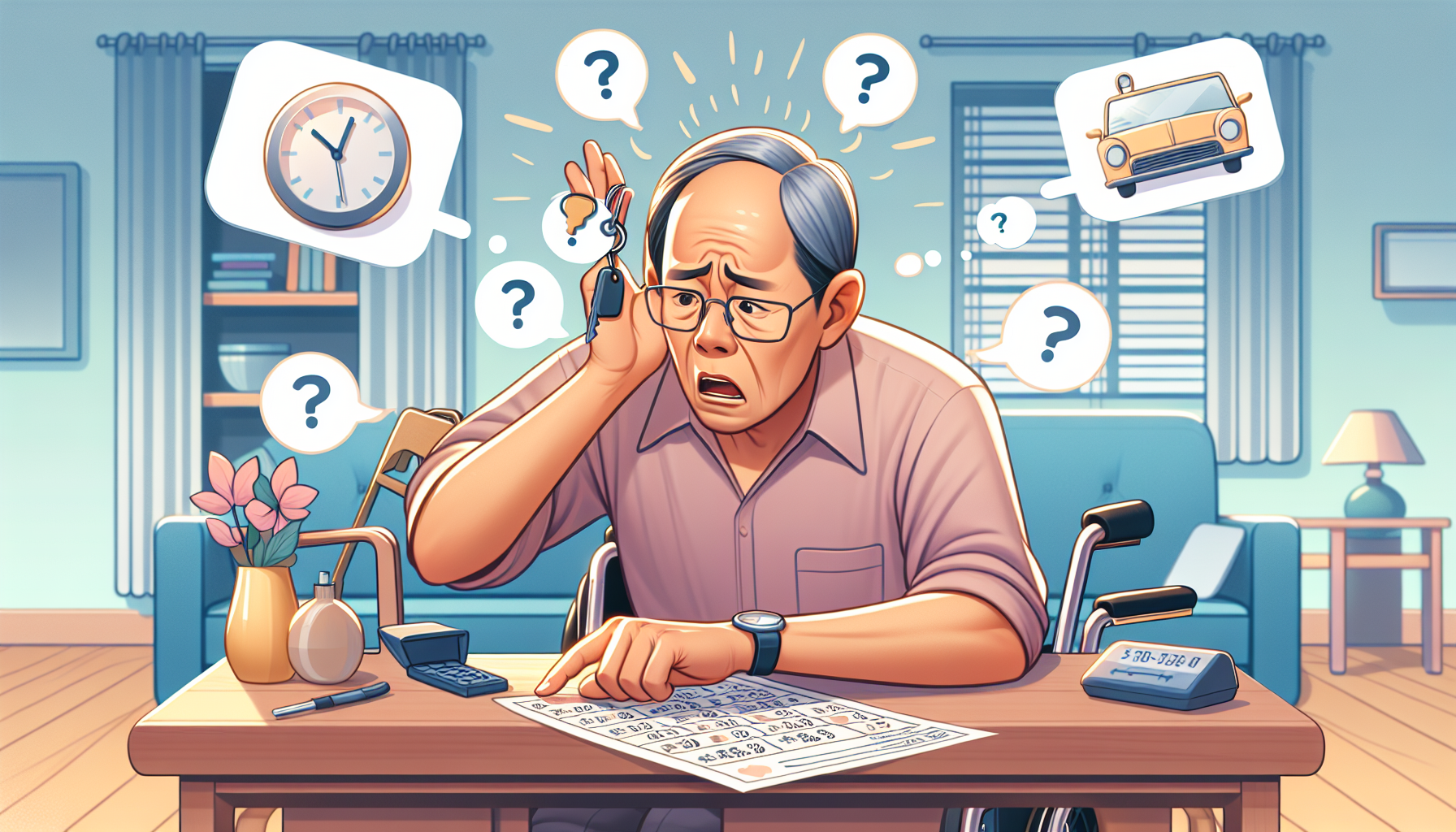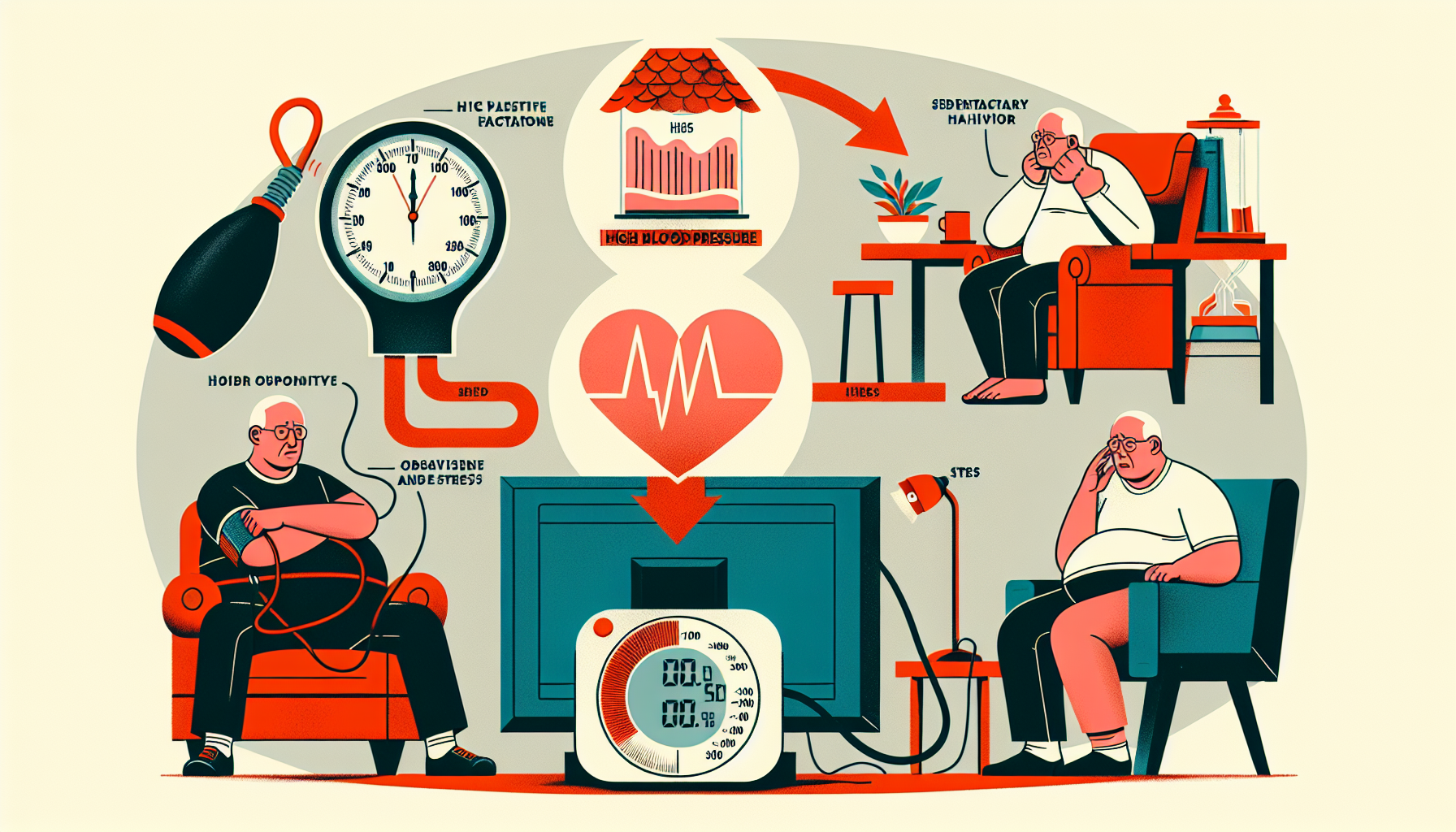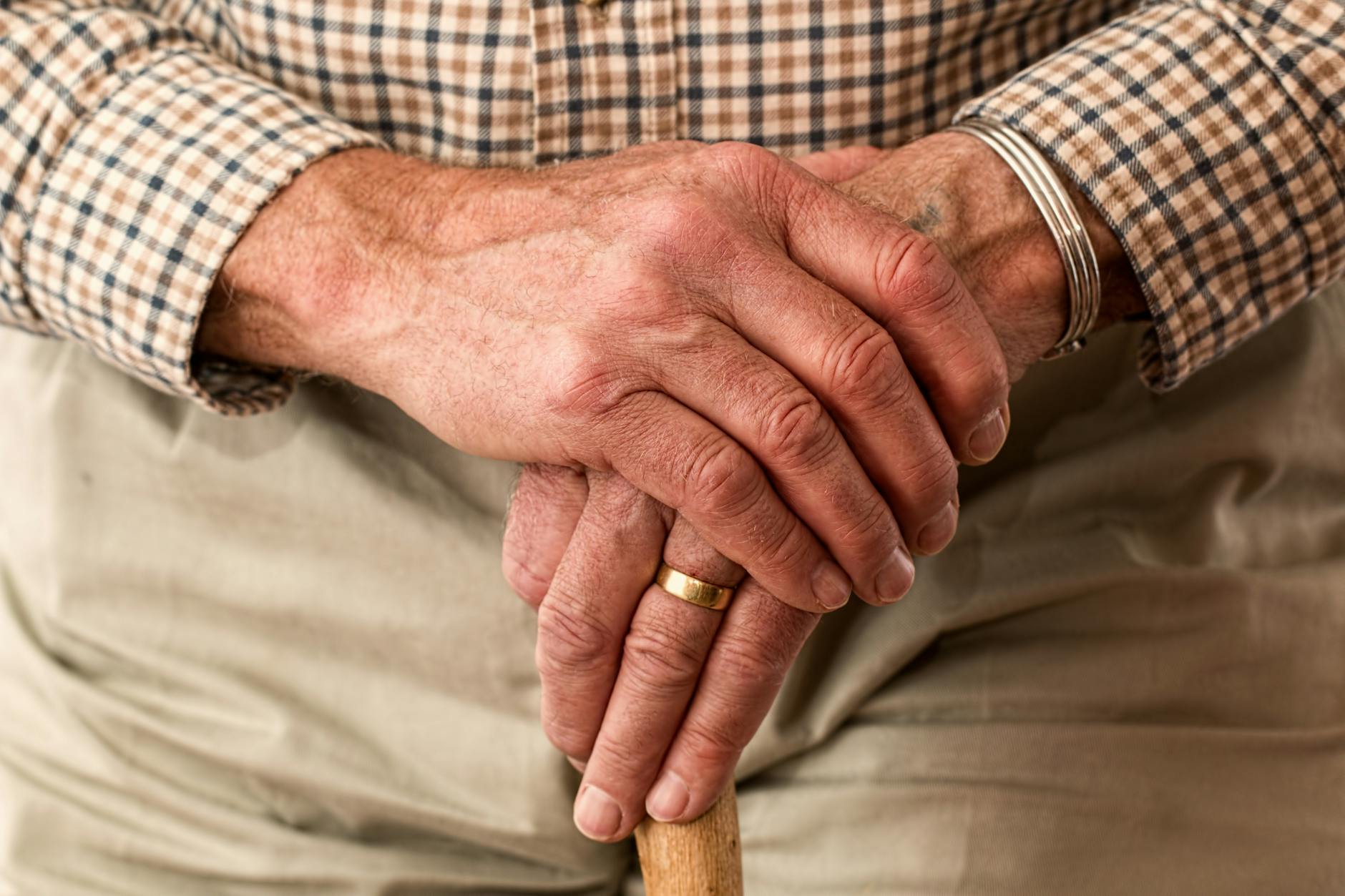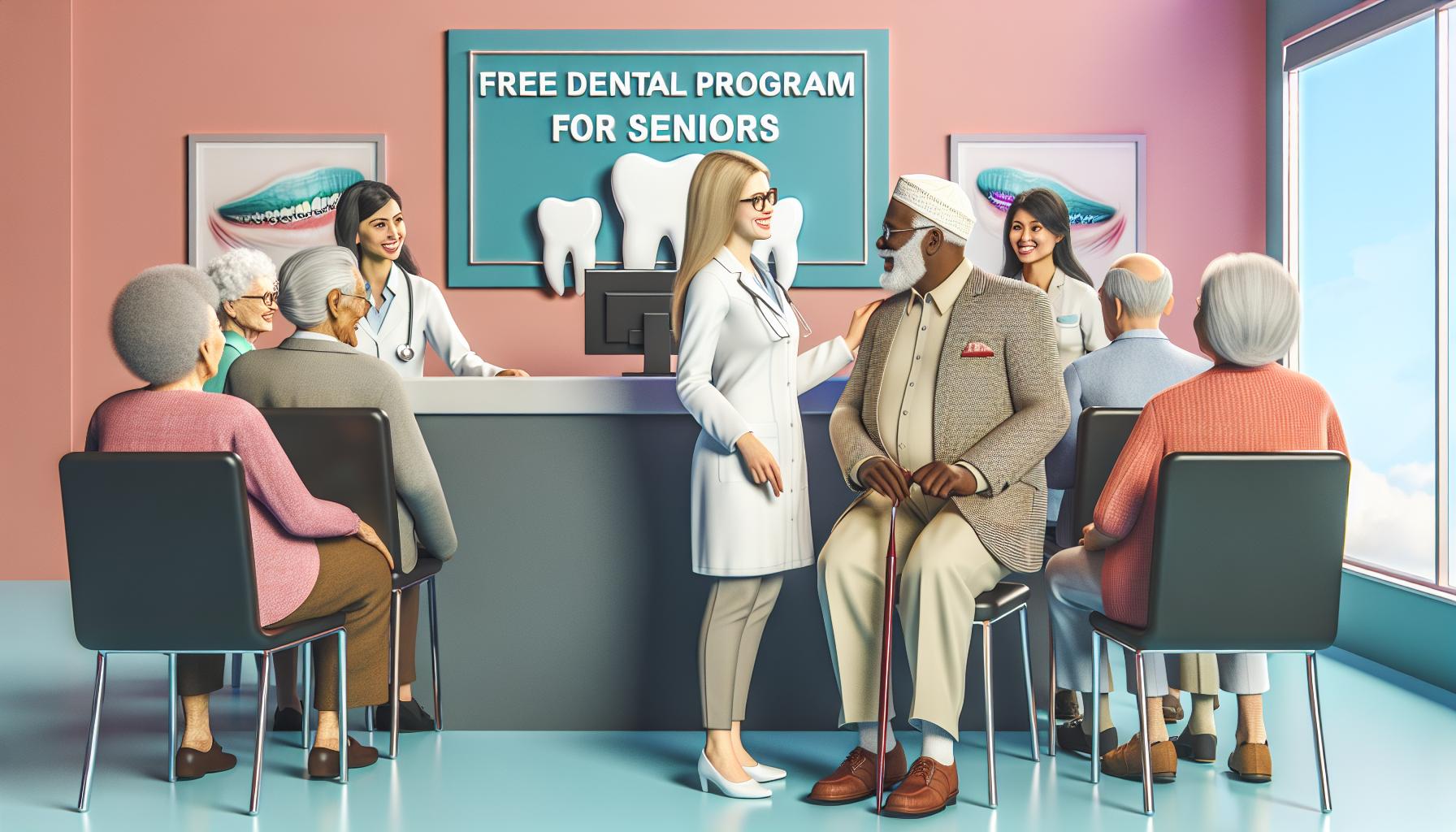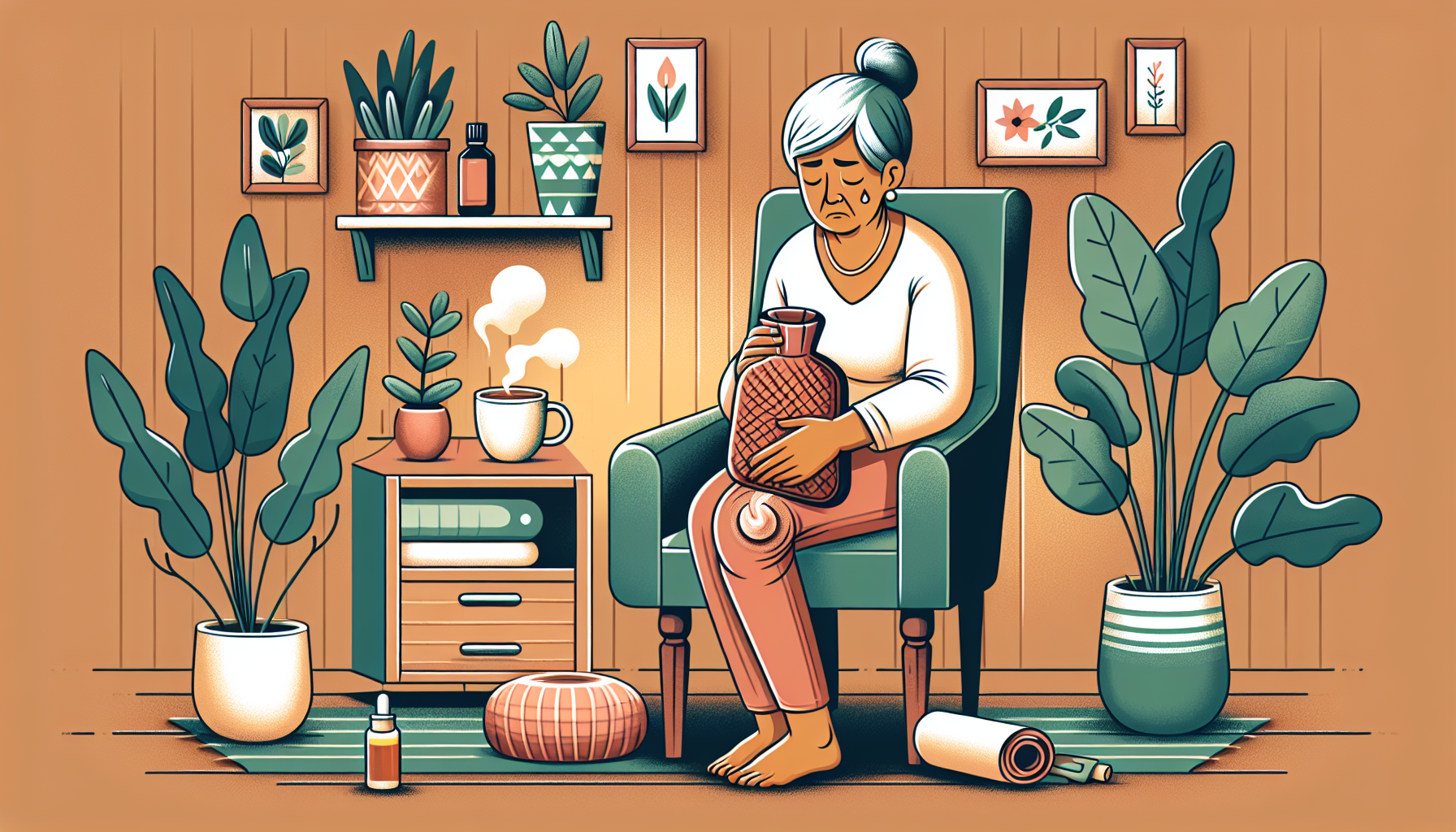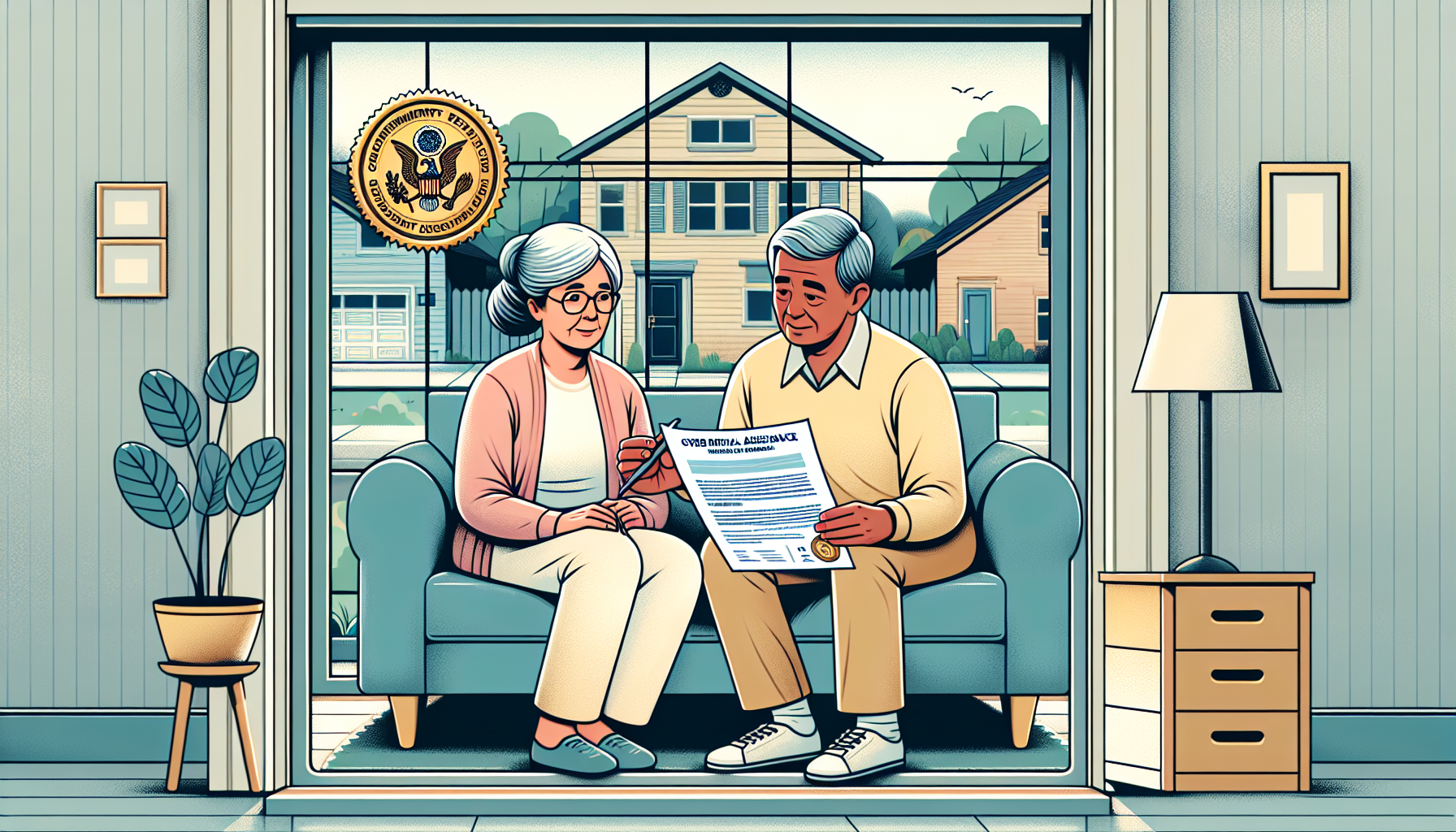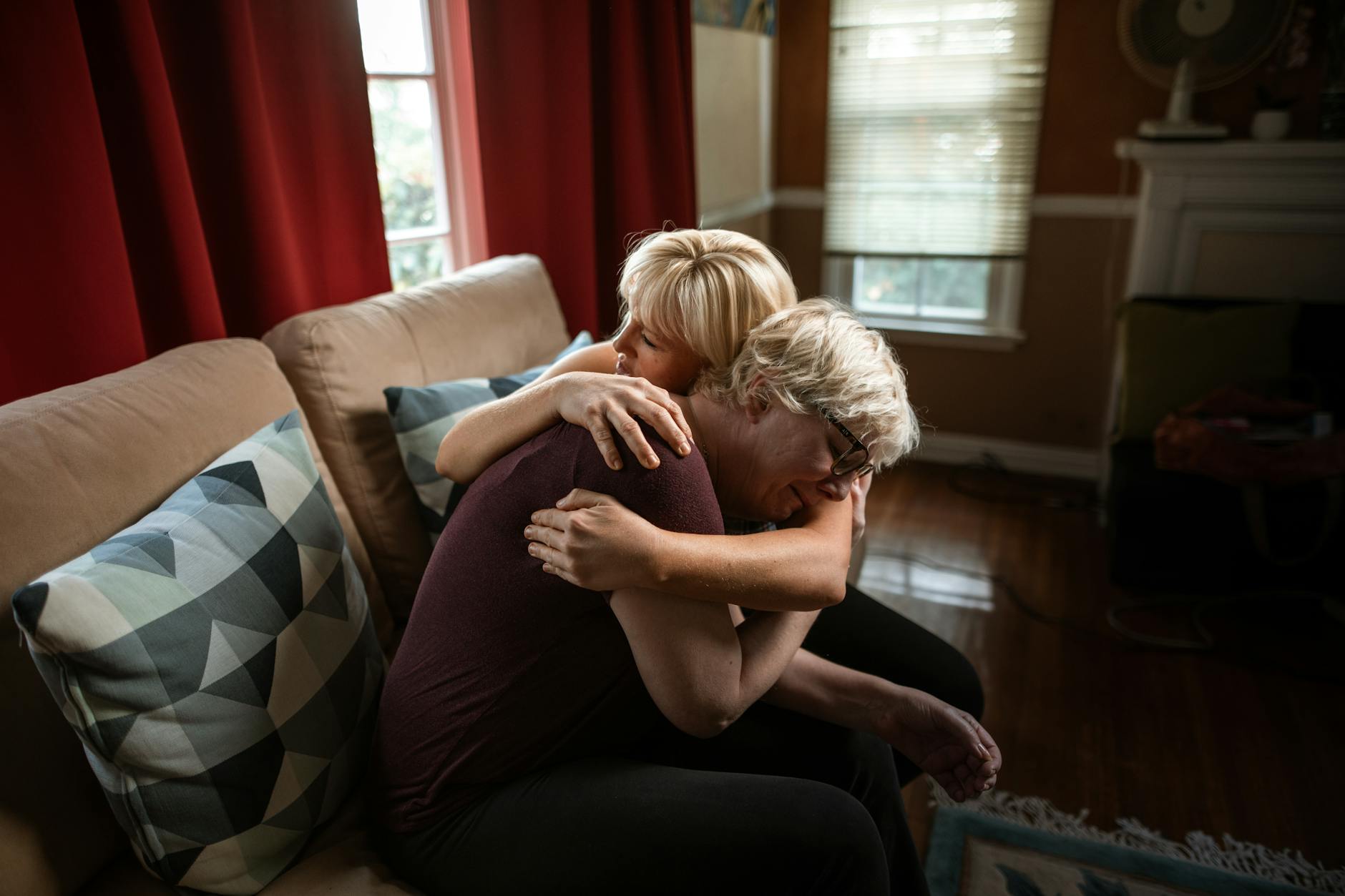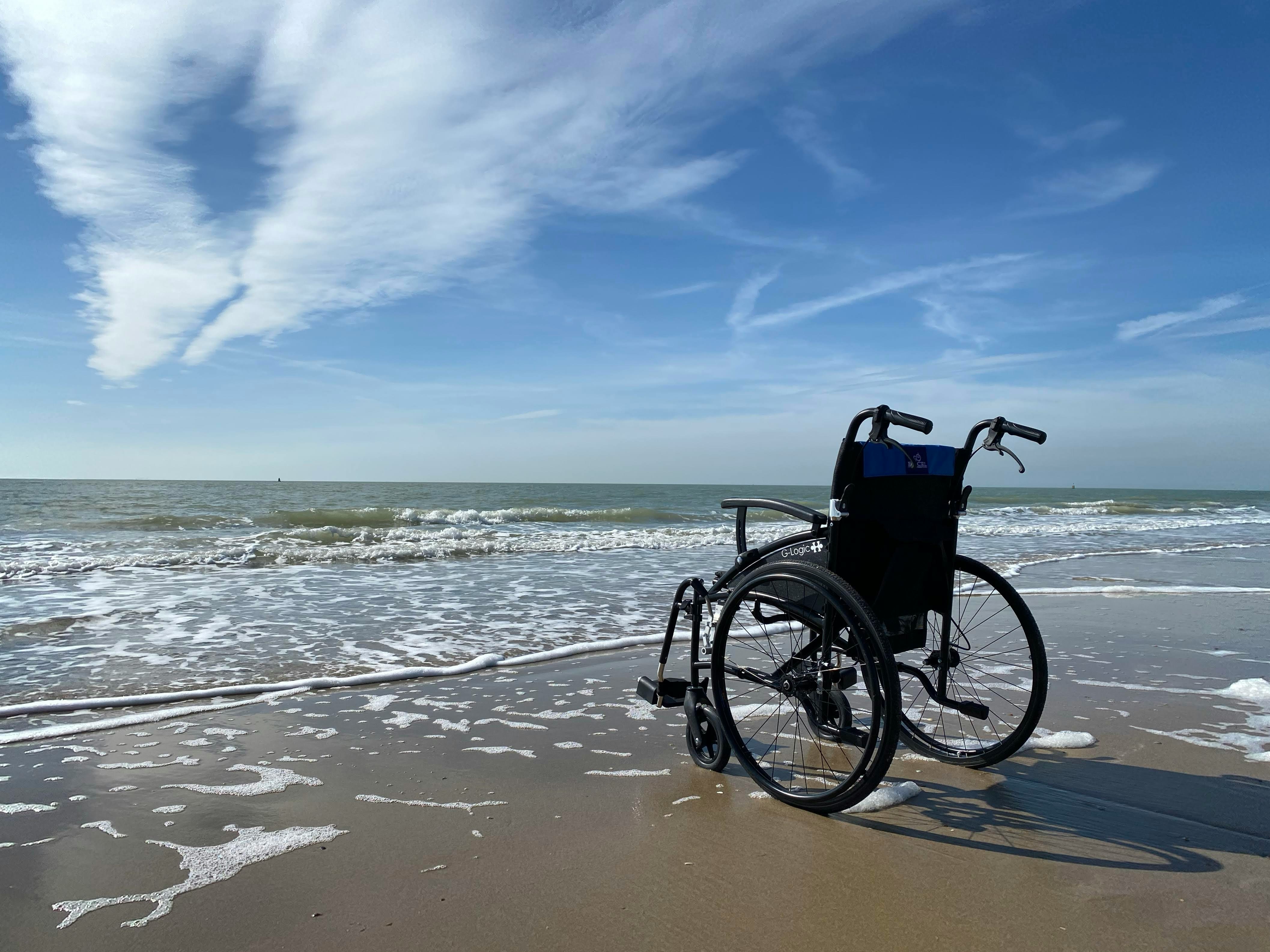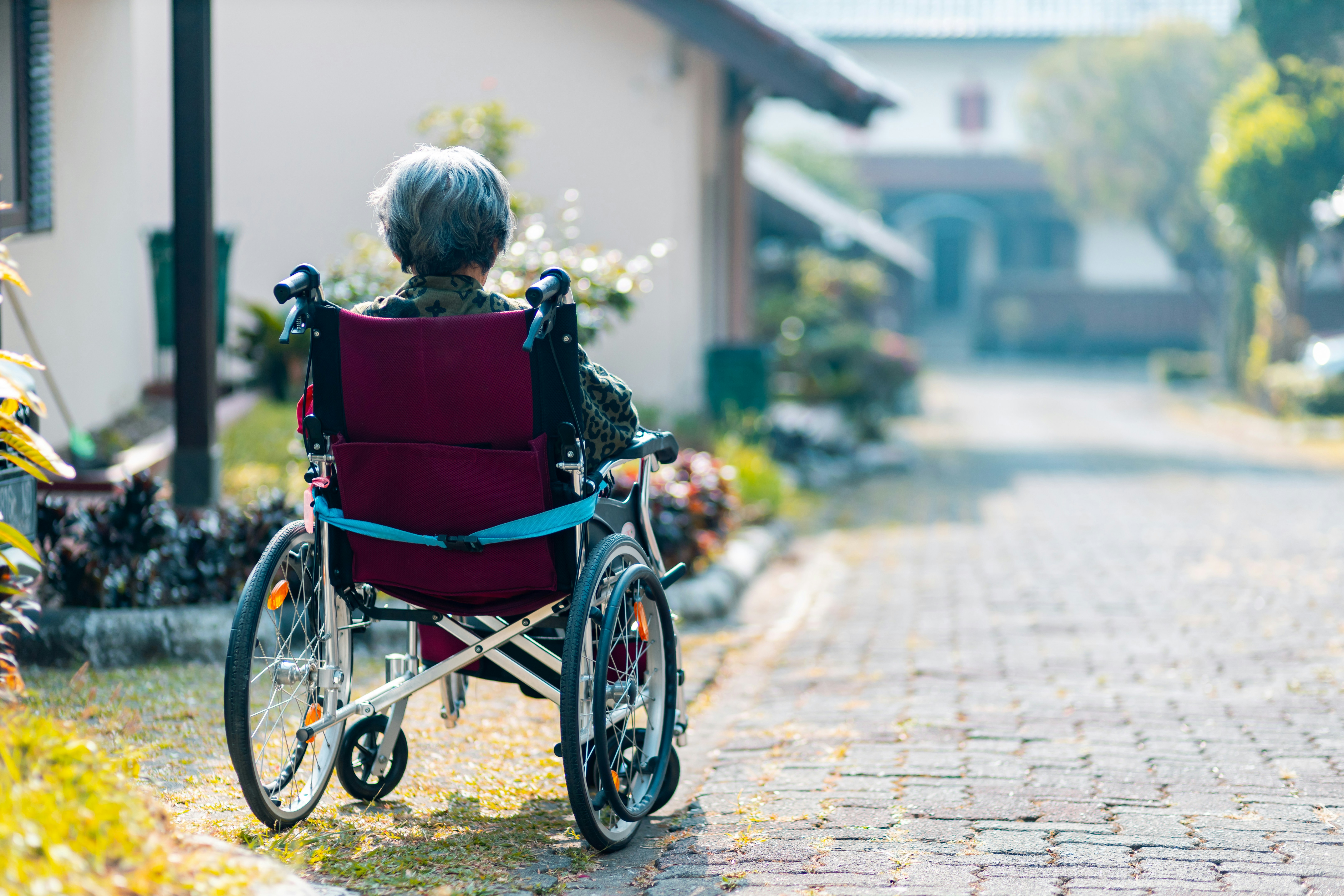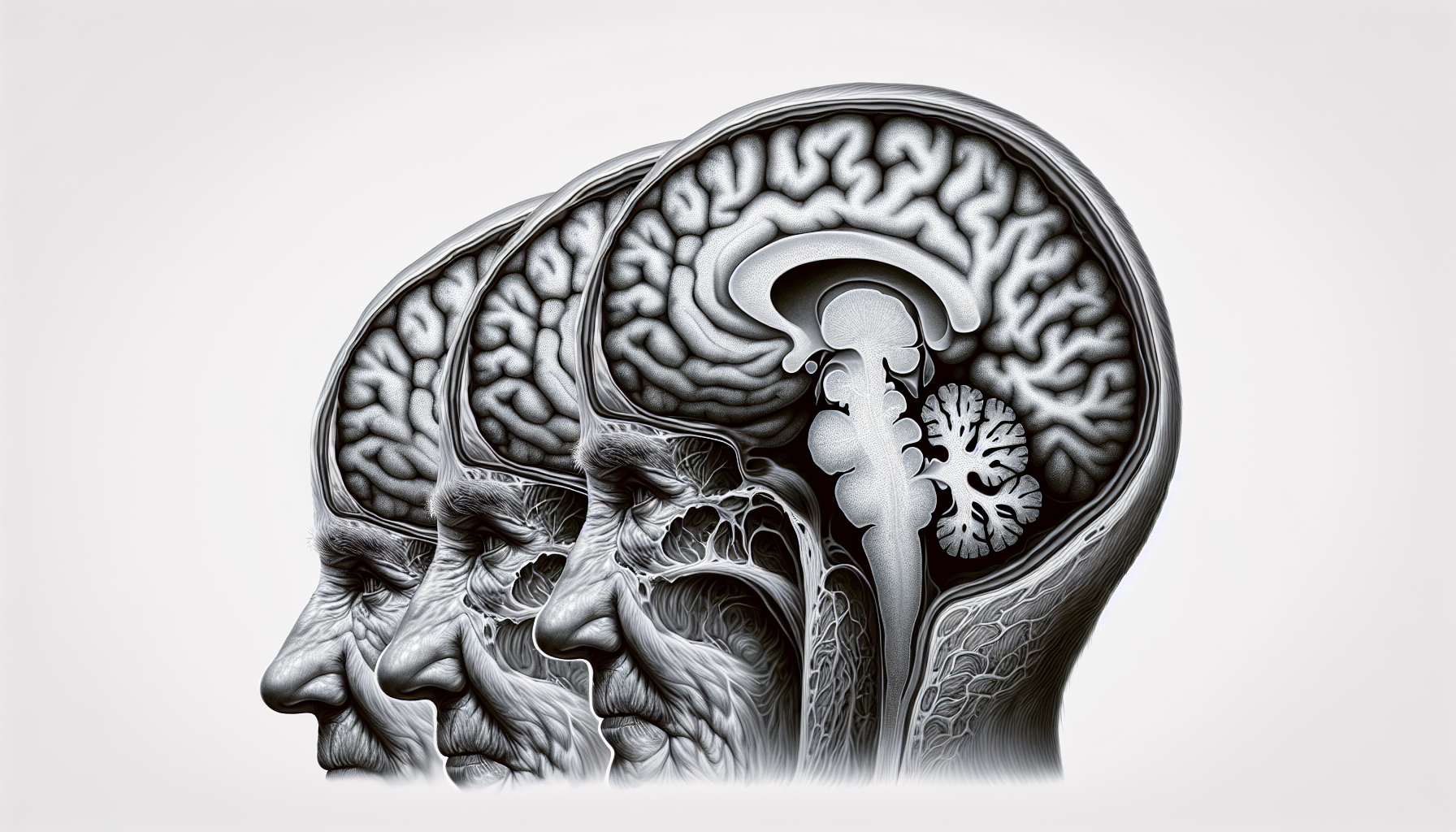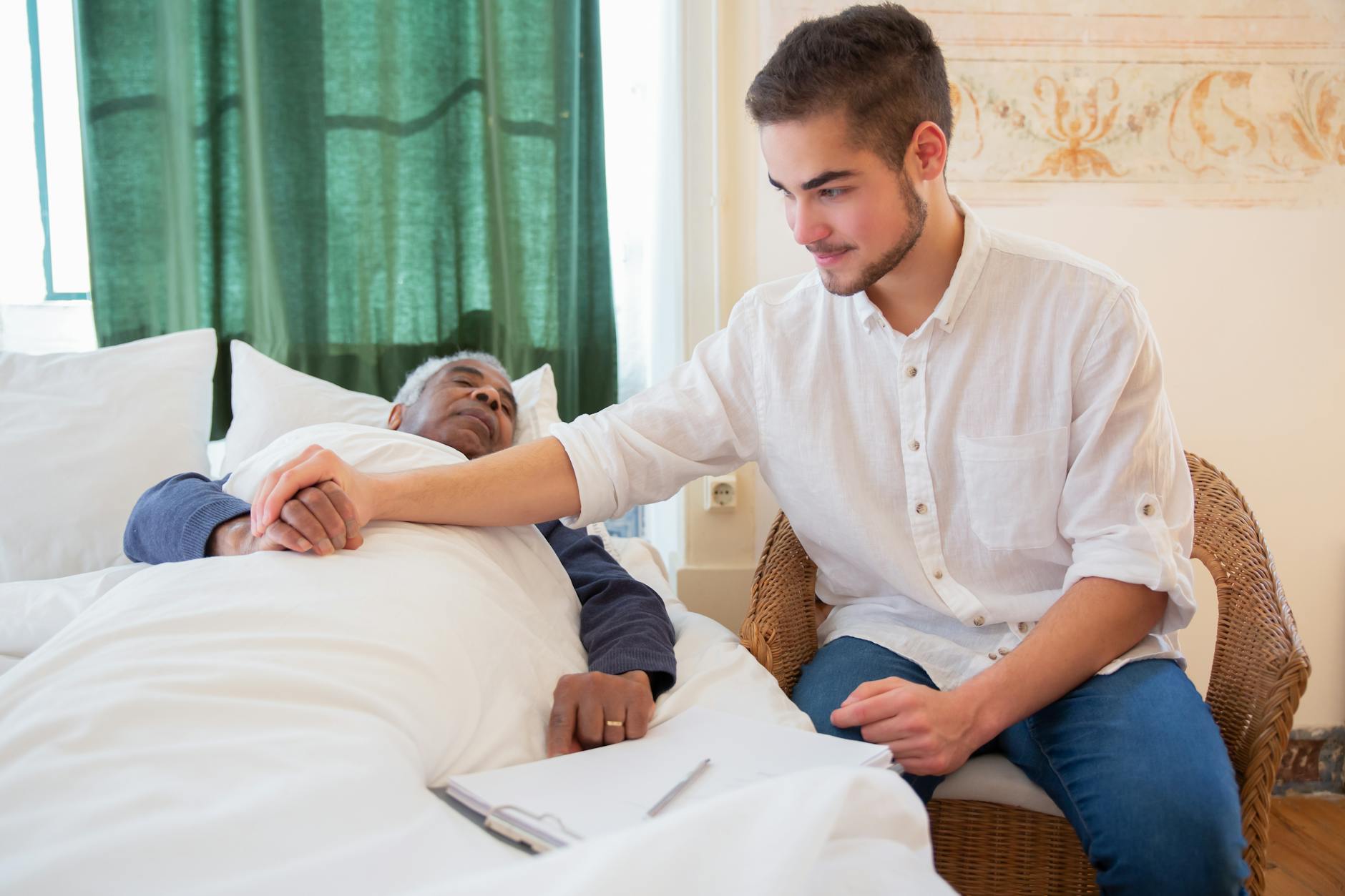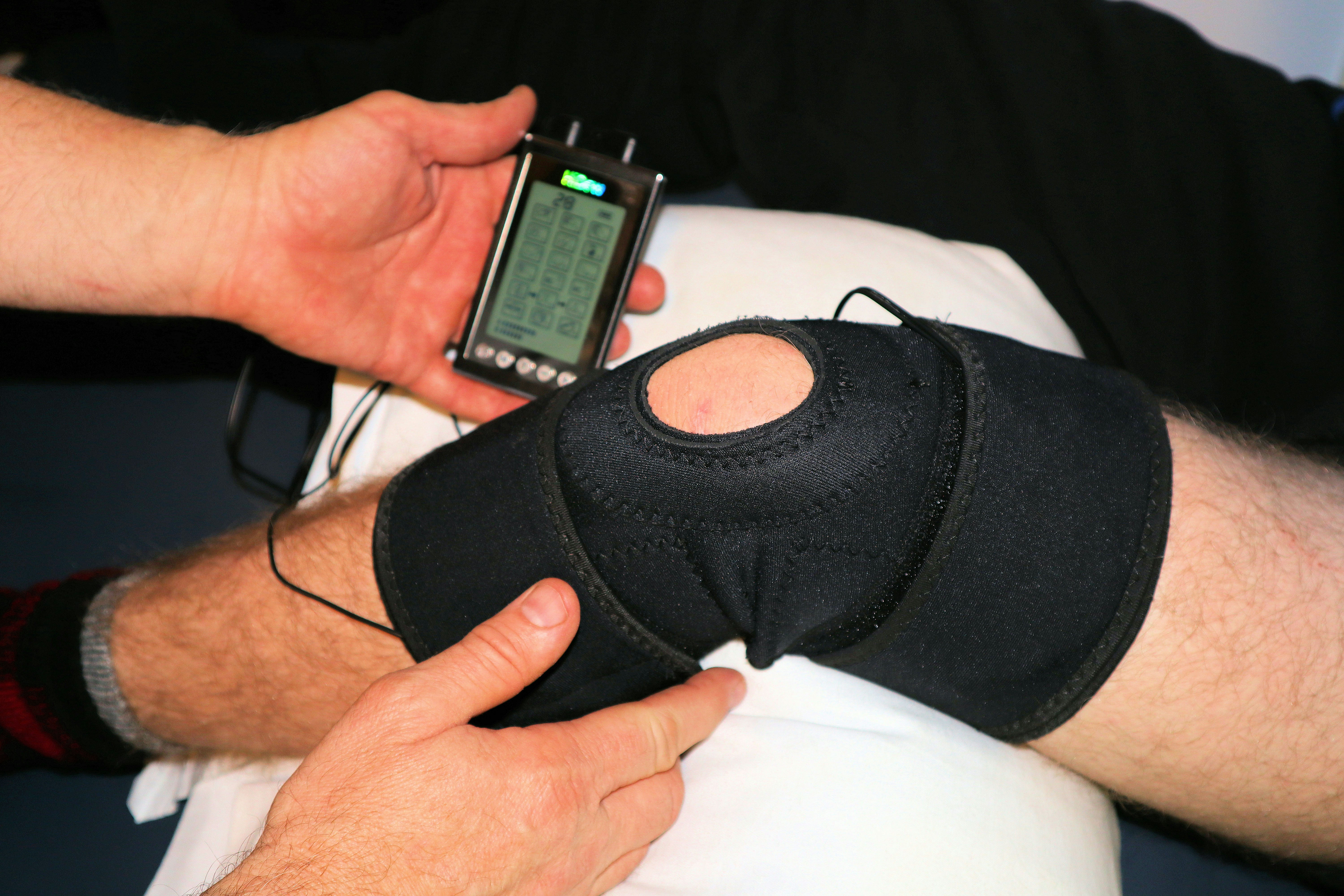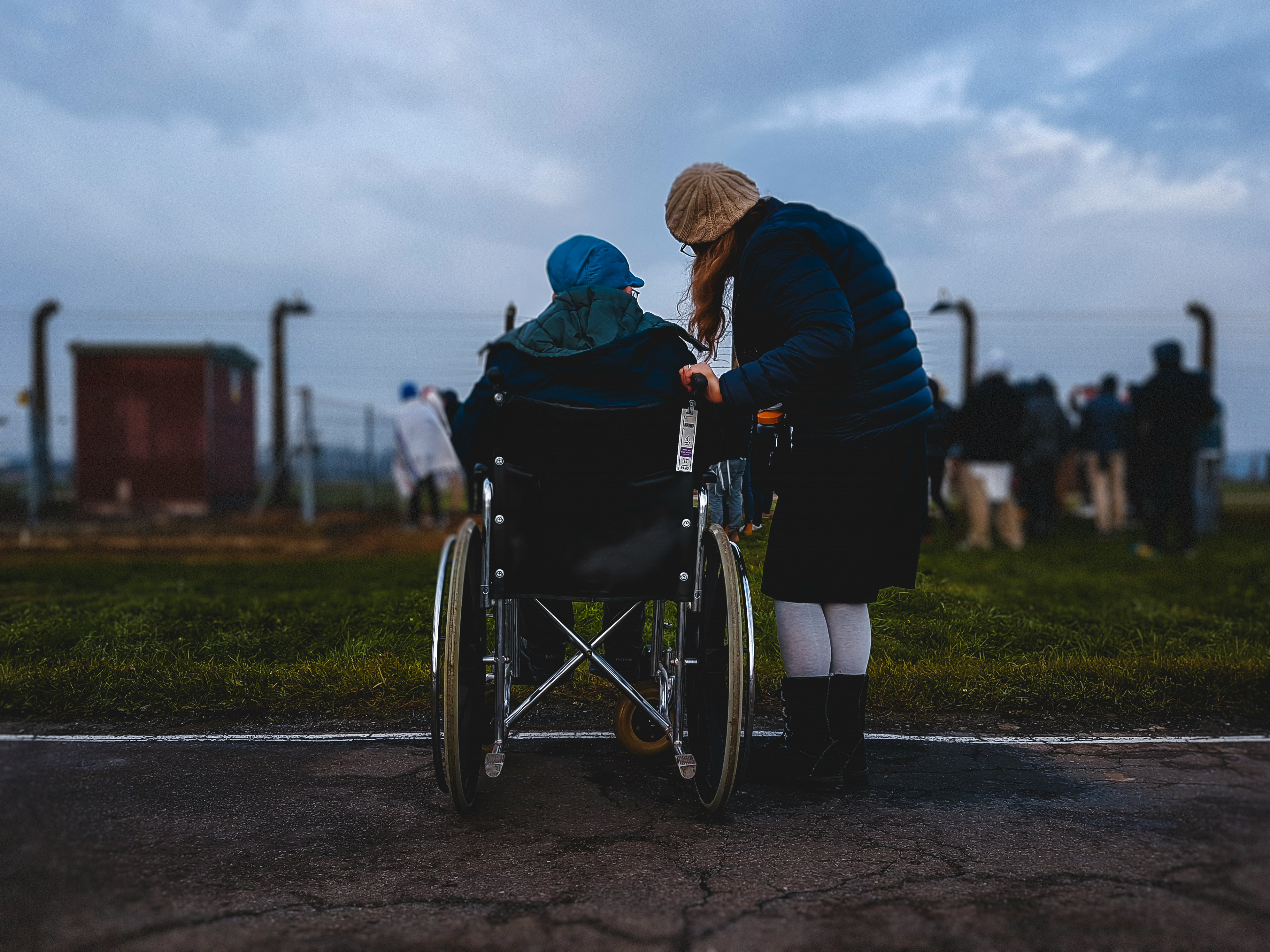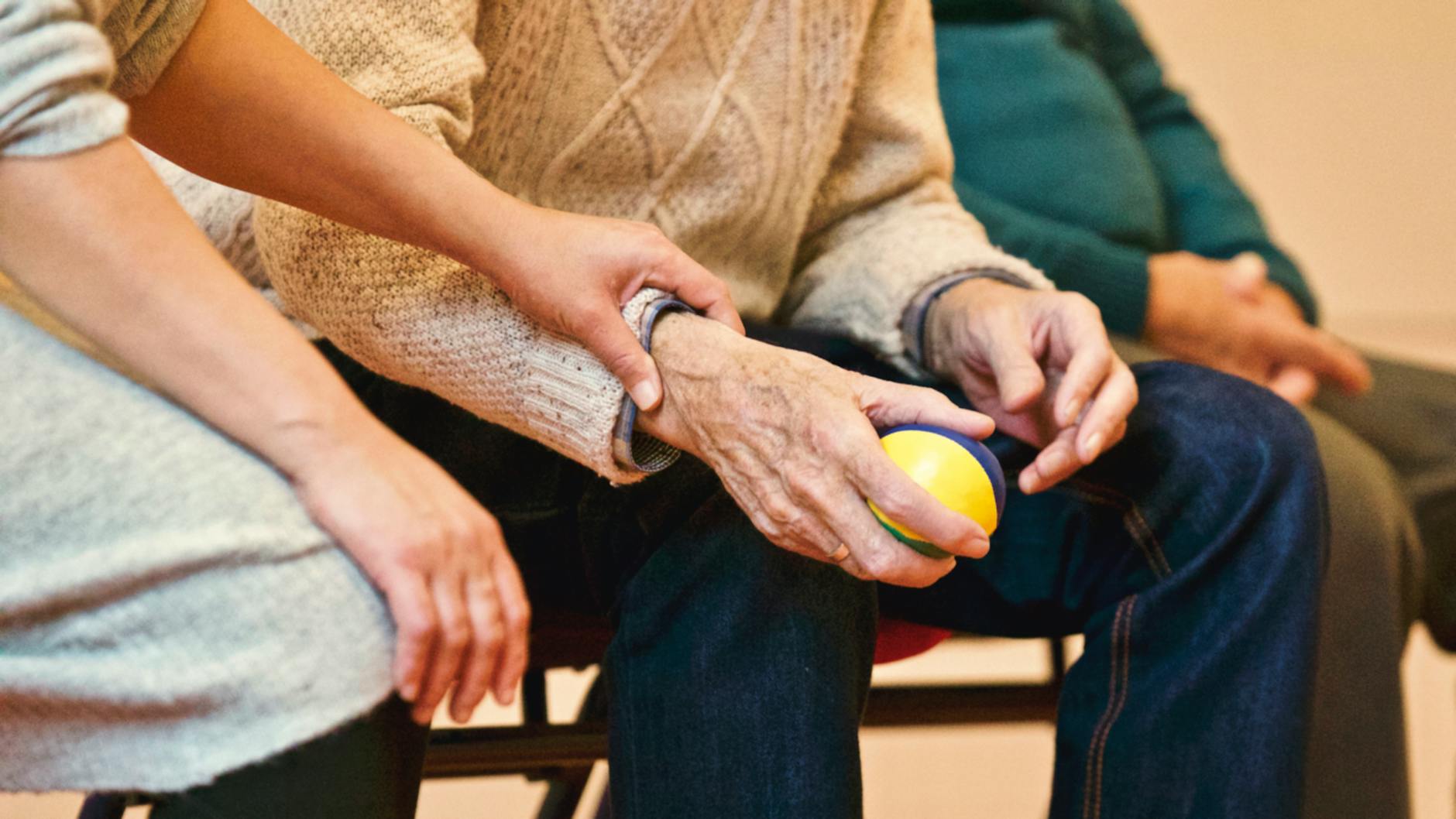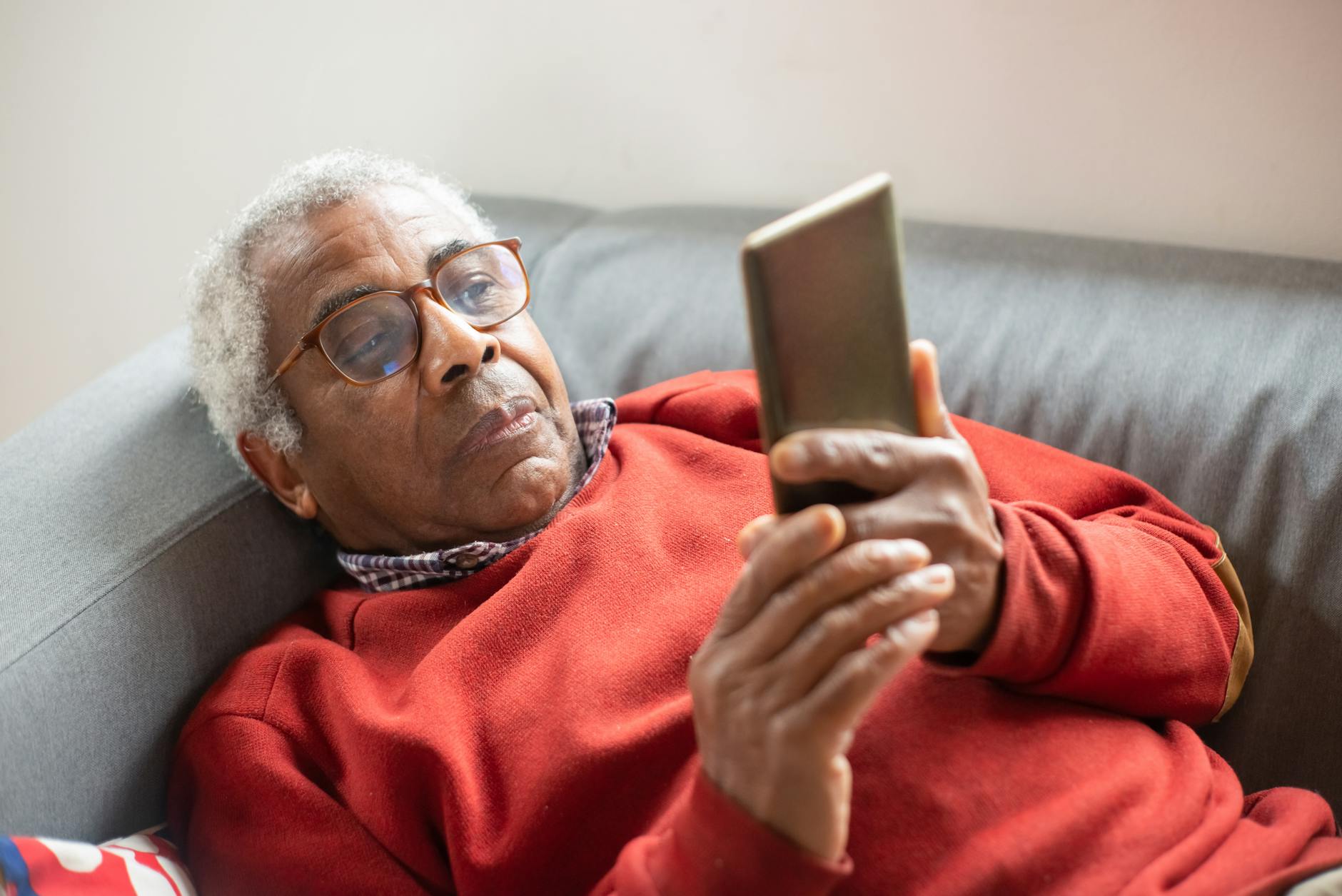60 Hospice Statistics: Understanding The Benefits and Trends
Discover how hospice care benefits patients and families. Learn about improving quality of care & increasing access for all.
.jpg)
Hospice Statistics
As we approach the end of our lives, it's natural to have questions and concerns about the care we'll receive. Hospice care is a compassionate approach that prioritizes quality of life over quantity of life. According to the NHPCO, more than 1.5 million patients receive hospice care annually in the US. Hospice care providers work closely with patients and their families to manage pain and other symptoms, provide emotional support, and help with practical matters. Here are 60 hospice statistics that highlight the benefits and trends of hospice care:

Hospice Care Benefits
Hospice care is a type of healthcare service that focuses on improving the quality of life of patients with terminal illnesses. Instead of trying to cure the illness, hospice care aims to provide comfort and support to patients and their families during their final stages of life. Hospice care can be provided in a hospital, nursing home, or even in the patient's own home. In this article, we'll explore some of the benefits of hospice care for patients and their loved ones.
- Hospice care improves the quality of life for patients and their families. (National Hospice and Palliative Care Organization [NHPCO])
- 90% of patients who receive hospice care report significant improvements in their overall quality of life. (NHPCO)
- Hospice patients are more likely to die at home than in a hospital or nursing home. (NHPCO)
- Hospice care can reduce the number of hospitalizations and emergency room visits. (NHPCO)
- Hospice care can also reduce the cost of healthcare for patients and their families. (NHPCO)
- Hospice patients are twice as likely to receive spiritual and emotional support compared to patients who do not receive hospice care. (NHPCO)
- Hospice care can provide support to family members and caregivers, including counseling and bereavement services. (NHPCO)
- Hospice care can also provide respite care for family caregivers, giving them time to rest and recharge. (NHPCO)
Hospice Care Trends
Hospice care provides comfort and support to patients with life-limiting illnesses. Instead of trying to cure the illness, hospice care aims to improve the patient's quality of life. In recent years, hospice care has become increasingly popular in the US.
- The number of hospice patients in the United States has increased by over 60% in the last decade. (NHPCO)
- In 2019, over 1.5 million patients received hospice care in the United States. (NHPCO)
- The average length of hospice care is 24 days. (NHPCO)
- The most common diagnosis for hospice patients is cancer, followed by dementia and heart disease. (NHPCO)
- Over 60% of hospice patients are over the age of 75. (NHPCO)
- Hospice care is available to patients with any life-limiting illness, not just those with cancer. (NHPCO)
- Over 90% of hospice care is provided in the patient's home. (NHPCO)
- Hospice care is covered by Medicare, Medicaid, and most private insurance plans. (NHPCO)
- Hospice care is provided by a team of healthcare professionals, including doctors, nurses, social workers, and chaplains. (NHPCO)
- Hospice care can be provided in a variety of settings, including the patient's home, nursing homes, and hospice centers. (NHPCO)
- Hospice care can also be provided in hospitals, but this is less common. (NHPCO)
- Hospice care can be provided to patients with a prognosis of six months or less to live. (NHPCO)
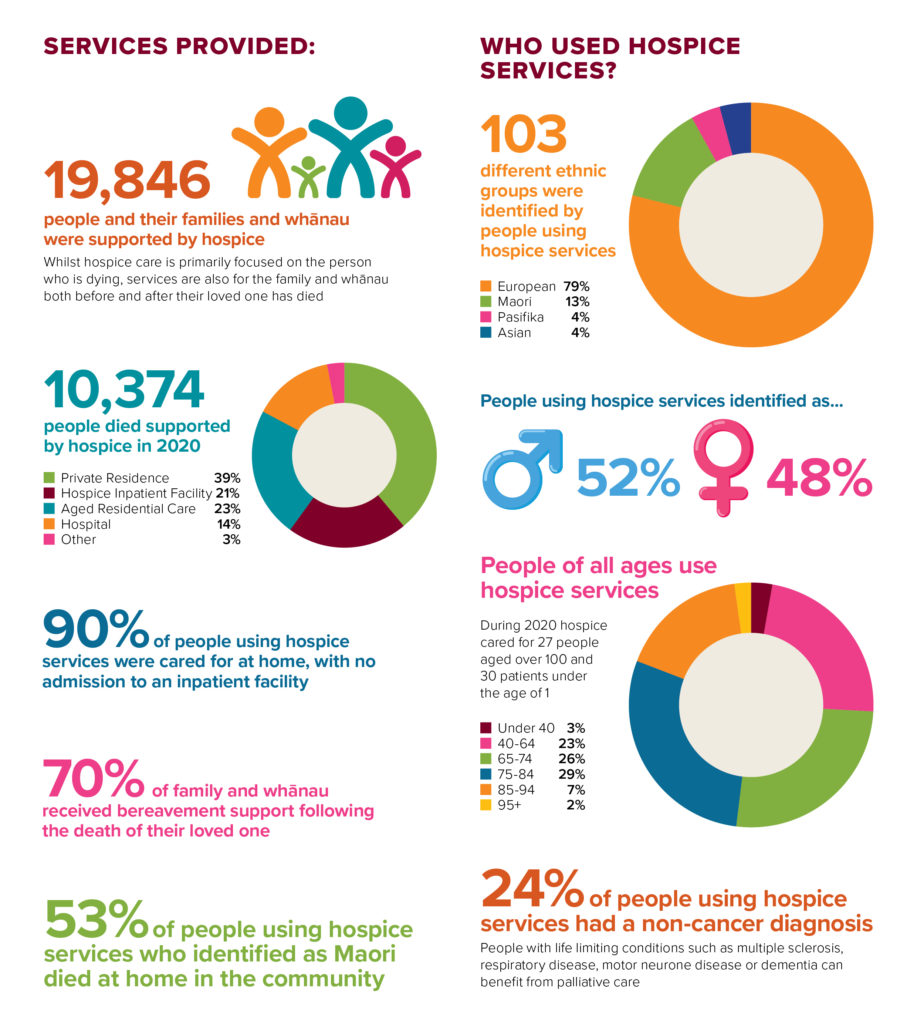
Hospice Care Staffing and Training
Hospice care provides compassionate care to individuals nearing the end of their lives. It's usually provided at home or in a hospice facility by a team of healthcare professionals who meet the patient's physical, emotional, and spiritual needs
- Hospice nurses require specialized training to provide high-quality care to patients and their families. (NHPCO)
- Hospice nurses receive an average of 20 hours of specialized training in pain management and symptom control. (NHPCO)
- Hospice nurses also receive training in emotional and spiritual support for patients and families. (NHPCO)
- Hospice social workers provide support to patients and families, including counseling and assistance with financial and legal issues. (NHPCO)
- Hospice social workers require a Master's degree in social work and specialized training in hospice care. (NHPCO)
- Hospice chaplains provide spiritual support to patients and families, regardless of their religious beliefs. (NHPCO)
- Hospice chaplains require specialized training in hospice care and spiritual support. (NHPCO)
- Hospice aides provide personal care to patients, including bathing, dressing, and grooming. (NHPCO)
- Hospice aides require specialized training in hospice care and personal care. (NHPCO)
Hospice Care Patient and Family Satisfaction
Hospice Care emphasizes quality of life over length of life and is provided by a team of healthcare professionals, including doctors, nurses, social workers, spiritual counselors, and volunteers. Hospice care addresses the physical, emotional, and spiritual needs of patients, with a focus on pain management, symptom control, emotional and spiritual support. Patients and families report high levels of satisfaction with hospice care.
- Over 90% of hospice patients and families rate the quality of hospice care as excellent or good. (NHPCO)
- Over 90% of hospice patients and families report that hospice care met or exceeded their expectations. (NHPCO)
- Over 90% of hospice patients and families would recommend hospice care to others. (NHPCO)
- Hospice patients and families report high levels of satisfaction with pain management and symptom control. (NHPCO)
- Hospice patients and families also report high levels of satisfaction with emotional and spiritual support. (NHPCO)
- Hospice patients and families report high levels of satisfaction with the overall quality of care provided by hospice staff. (NHPCO)
Hospice Care and Diversity
Hospice care is an important end-of-life option that should be accessible to patients of all backgrounds. However, disparities in access and care exist for minority populations, highlighting the need for cultural competence among providers and increased access for underserved communities.
- Hospice care is available to patients of all races, ethnicities, and cultures. (NHPCO)
- Hospice care providers should be trained in cultural competence to provide appropriate care to patients and families from diverse backgrounds. (NHPCO)
- African American and Hispanic patients are less likely to receive hospice care than white patients. (NHPCO)
- African American and Hispanic patients who do receive hospice care are more likely to receive it in a hospital than in their home. (NHPCO)
- There is a need for increased access to hospice care for underserved and minority populations. (NHPCO)
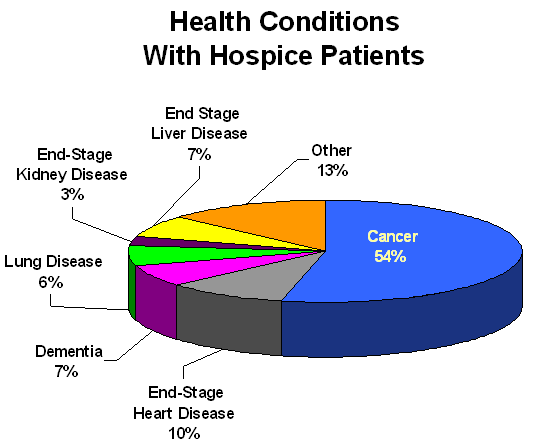
Hospice Care Research
- Hospice care research focuses on improving patient outcomes and quality of life. (NHPCO)
- Hospice care research also focuses on improving the delivery of hospice care, including staffing, training, and access to care. (NHPCO)
- Hospice care research is funded by the National Institutes of Health and other organizations. (NHPCO)
- Hospice care research is published in peer-reviewed journals and presented at national and international conferences. (NHPCO)
- Hospice care research is essential to improving the quality of hospice care and ensuring that patients and families receive the best possible care. (NHPCO)
Hospice Care and COVID-19
Hospice care research is critical to improving patient outcomes and quality of life, as well as enhancing the delivery of hospice care. This research is funded by various organizations and published in peer-reviewed journals and presented at conferences. The National Hospice and Palliative Care Organization (NHPCO) is a key organization involved in hospice care research and advocates for its importance in improving patient care.
- Hospice care providers have adapted to providing care during the COVID-19 pandemic. (NHPCO)
- Hospice care providers have implemented infection control measures to protect patients and staff from COVID-19. (NHPCO)
- Hospice care providers have increased the use of telehealth to provide care to patients and families during the pandemic. (NHPCO)
- Hospice care providers have also provided emotional and spiritual support to patients and families during the pandemic. (NHPCO)
- Hospice care providers have played a critical role in caring for COVID-19 patients who are receiving end-of-life care. (NHPCO)
Hospice Care Advocacy
Hospice care work to promote policies that support hospice care, raise public awareness of its benefits, and ensure it is available to everyone regardless of their ability to pay.
- Hospice care advocates work to increase access to hospice care for all patients and families. (NHPCO)
- Hospice care advocates work to improve the quality of hospice care through research and education. (NHPCO)
- Hospice care advocates work to ensure that hospice care is available to all patients, regardless of their ability to pay. (NHPCO)
- Hospice care advocates work to increase public awareness of the benefits of hospice care. (NHPCO)
- Hospice care advocates work to promote policies that support hospice care, including Medicare and Medicaid coverage. (NHPCO)
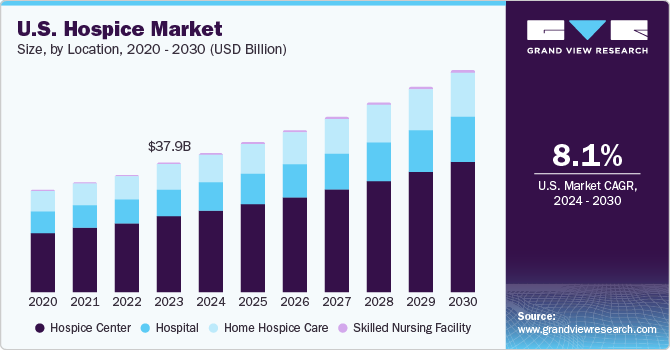
Hospice Care Education
Hospice care education is crucial for healthcare professionals, patients, and families to ensure the best possible end-of-life care. The National Hospice and Palliative Care Organization (NHPCO) provides education to professionals and families on hospice care and end-of-life planning, as well as ongoing updates on best practices and emerging research.
- Hospice care education is provided to healthcare professionals, including nurses, social workers, and chaplains. (NHPCO)
- Hospice care education is also provided to patients and families, including information on hospice care and end-of-life planning. (NHPCO)
- Hospice care education is essential to ensuring that patients and families receive the best possible care during end-of-life care. (NHPCO)
- Hospice care education is available through the NHPCO and other organizations. (NHPCO)
- Hospice care education is an ongoing process, as new research and best practices continue to emerge. (NHPCO)
Accessing Hospice Care
Accessing hospice care usually requires a referral from a healthcare provider, such as a physician or nurse. Patients and families who are interested in hospice care can also contact a local hospice organization directly to learn more about their services and eligibility requirements.
In the United States, Medicare and most private health insurance plans cover hospice care for eligible patients. However, coverage may vary depending on the patient's specific plan and needs. Hospice organizations can often help patients and families navigate the insurance and payment process.
It's important for patients and families to discuss their options with their healthcare providers and research local hospice organizations to find the right fit for their needs.
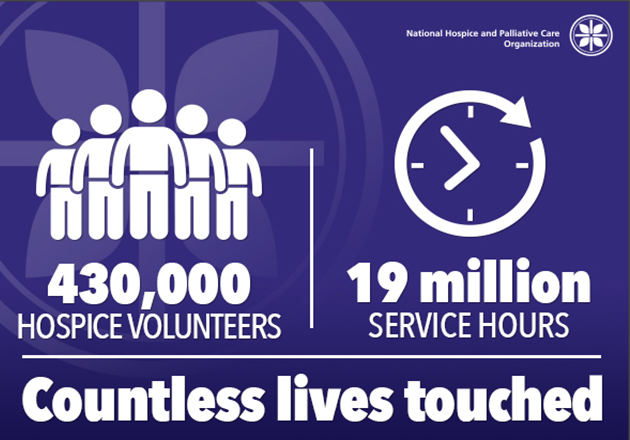
FAQs
What is hospice care?
Hospice care provides comfort and support to patients with life-limiting illnesses. Instead of trying to cure the illness, hospice care aims to improve the patient's quality of life.
How many people receive hospice care in the United States?
In 2019, over 1.5 million patients received hospice care in the United States.
What is the average length of hospice care?
The average length of hospice care is 24 days.
Who provides hospice care?
Hospice care is provided by a team of healthcare professionals, including doctors, nurses, social workers, and chaplains.
Where can hospice care be provided?
Hospice care can be provided in a variety of settings, including the patient's home, nursing homes, and hospice centers. Hospice care can also be provided in hospitals but this is less common.
Who pays for hospice care?
Hospice care is covered by Medicare, Medicaid, and most private insurance plans.
What kind of training do hospice nurses receive?
Hospice nurses require specialized training in pain management and symptom control as well as emotional and spiritual support for patients and families.
Is hospice care available to all patients regardless of their background or culture?
Yes. Hospice Care emphasizes quality of life over length of life and is available to patients of all races, ethnicities, cultures or any life-limiting illness.
How has COVID-19 impacted Hospices' operations?
Hospices have adapted to providing care during the COVID-19 pandemic by implementing infection control measures to protect patients and staff from COVID-19. They have increased the use of telehealth to provide virtual consultations with patients who cannot visit their facilities due to safety concerns. They have also provided emotional and spiritual support to patients who are isolated from their families and friends during the pandemic.
Summary
In conclusion, hospice care provides a wide range of benefits to patients and families during end-of-life care. As the number of hospice patients continues to grow, it is important to ensure that patients and families receive high-quality care that meets their needs and preferences. Through research, education, and advocacy, hospice care providers and advocates can work together to improve the quality of hospice care and increase access to care for all.
Sources:
- https://www.nhpco.org/hospice-facts-figures/
- https://www.cdc.gov/nchs/fastats/hospice-care.htm
- https://www.lmhpco.org/facts-about-hospice-care
- https://www.who.int/news-room/fact-sheets/detail/palliative-care
- https://www.statista.com/statistics/339851/number-of-hospice-patients-in-the-us-per-year/
- https://www.ncbi.nlm.nih.gov/pmc/articles/
- https://data.cms.gov/summary-statistics-on-use-and-payments/medicare-service-type-reports/cms-program-statistics-medicare-hospice
- https://www.sciencedirect.com/topics/nursing-and-health-professions/hospice-care
- https://nahc.org/archive/home-care-hospice-facts-stats/









